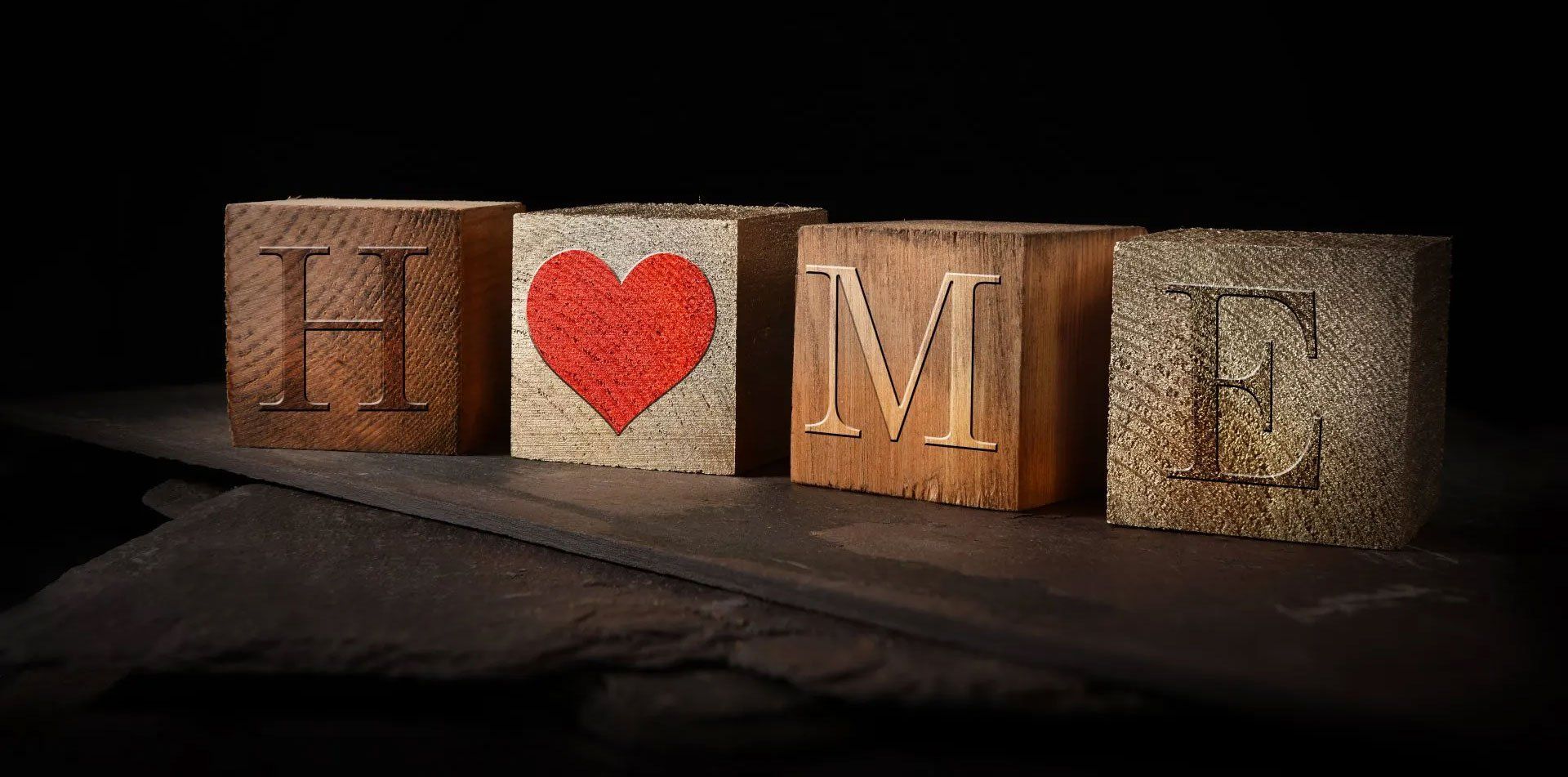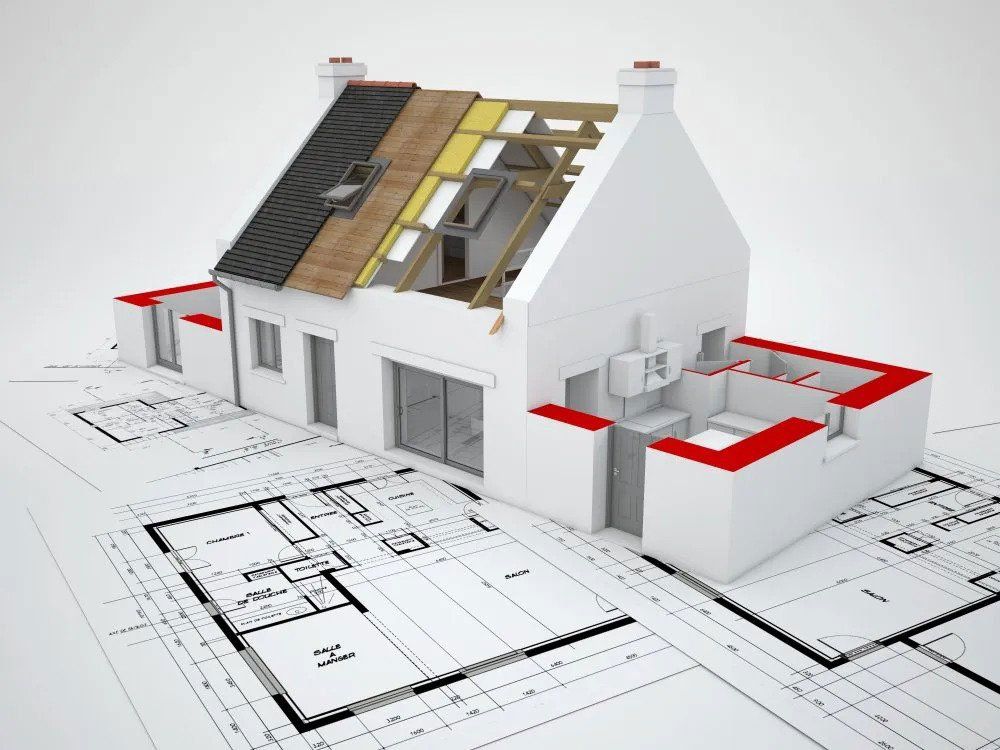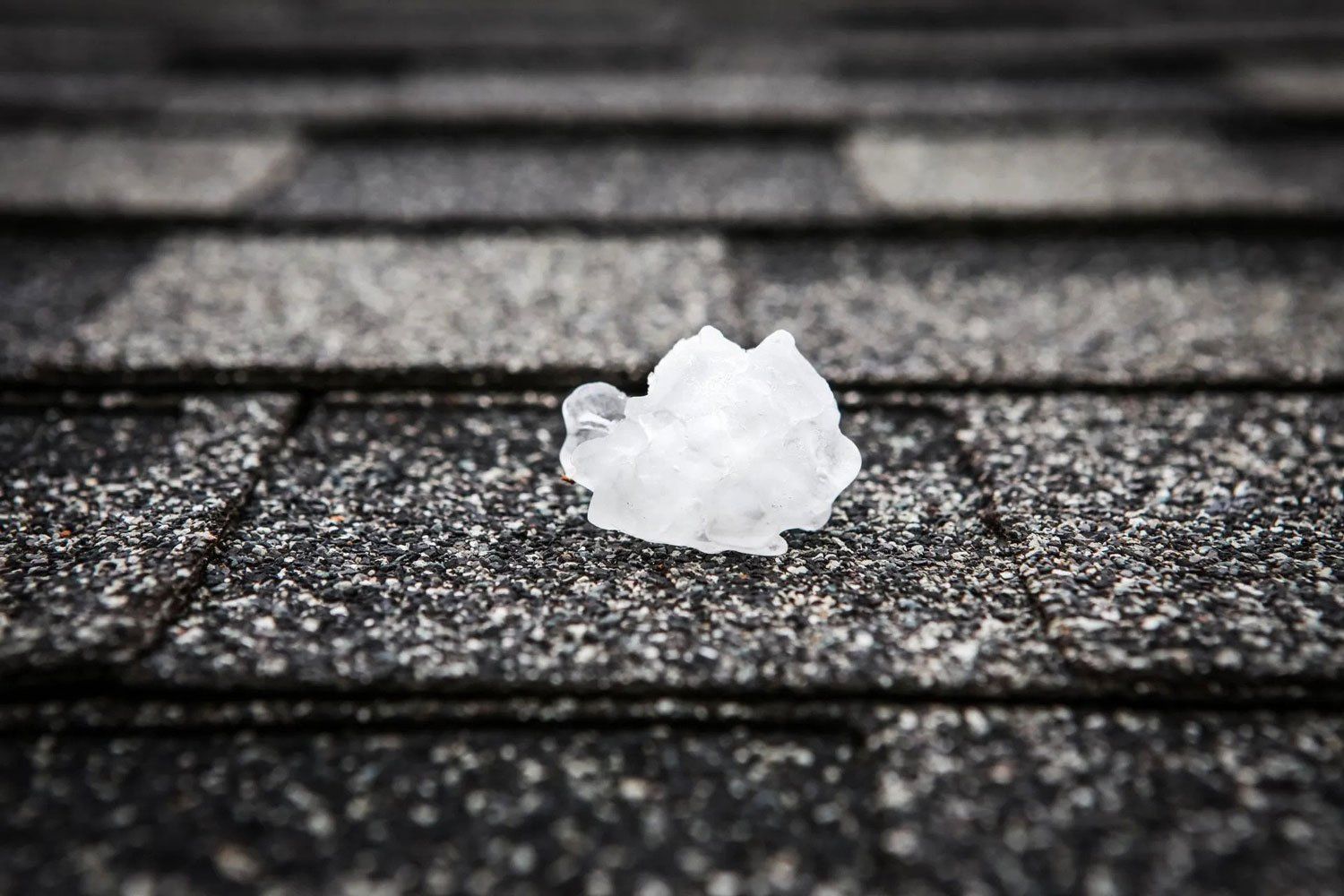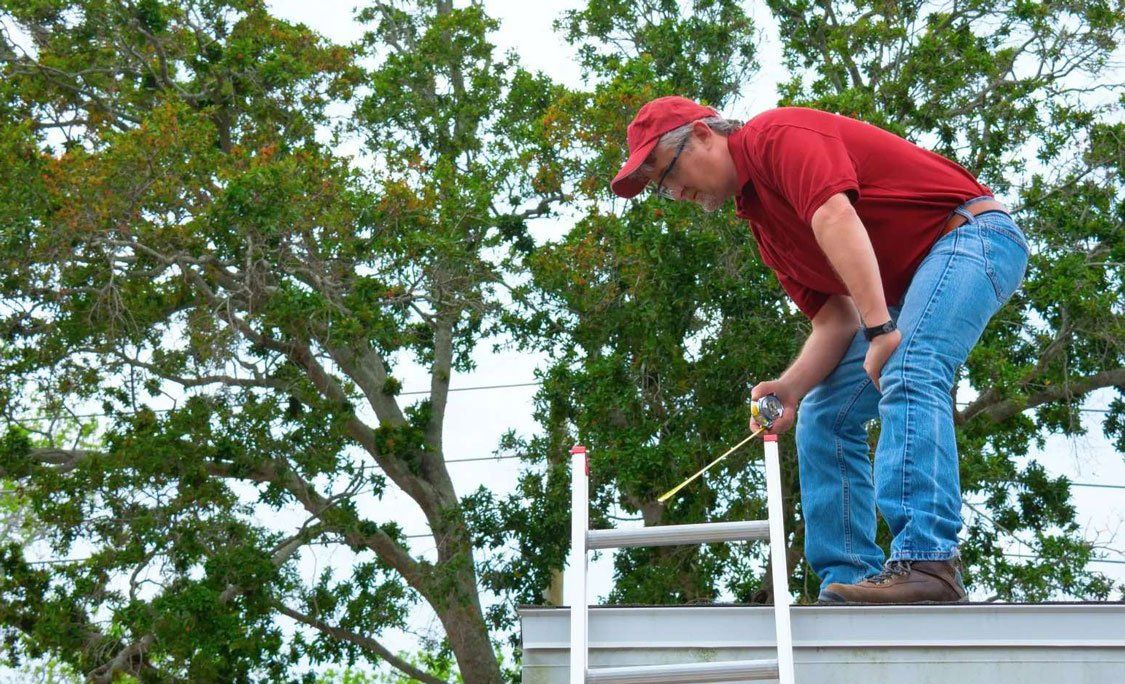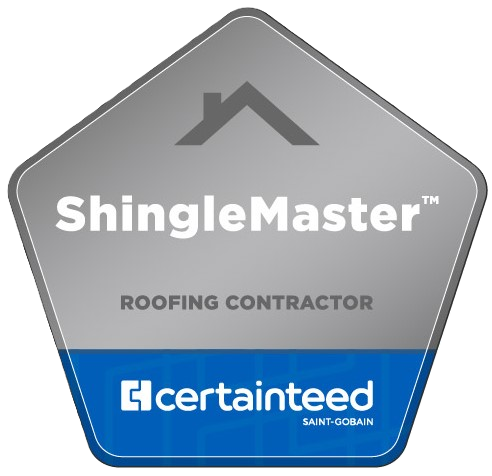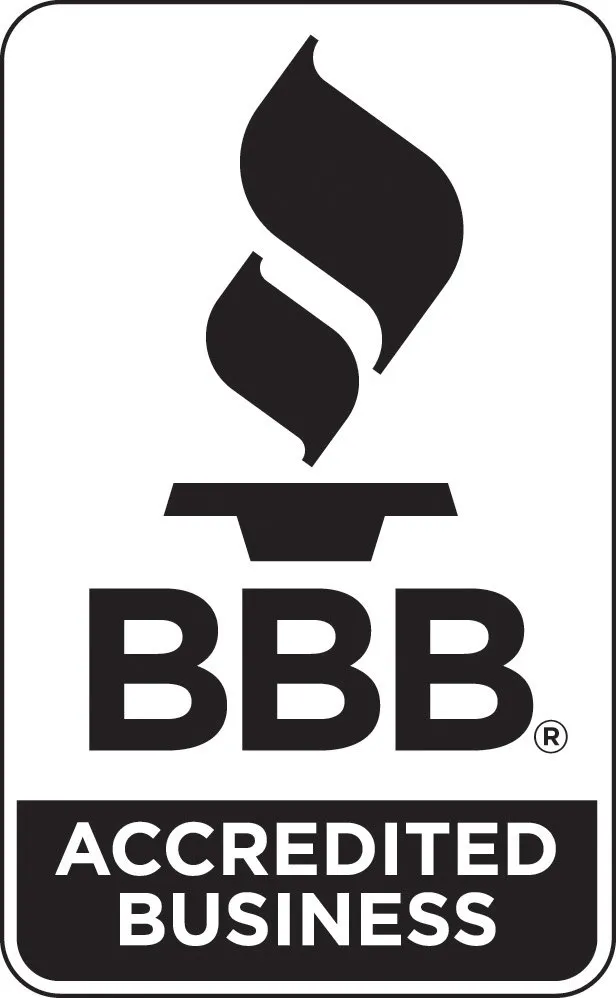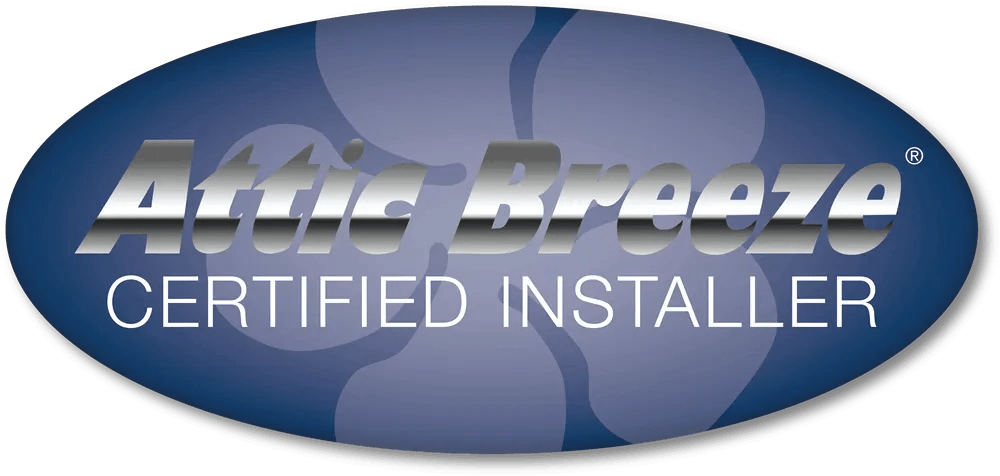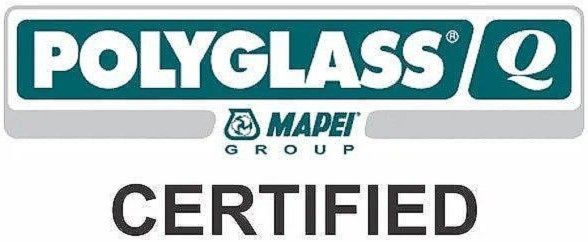Roofing Inspections
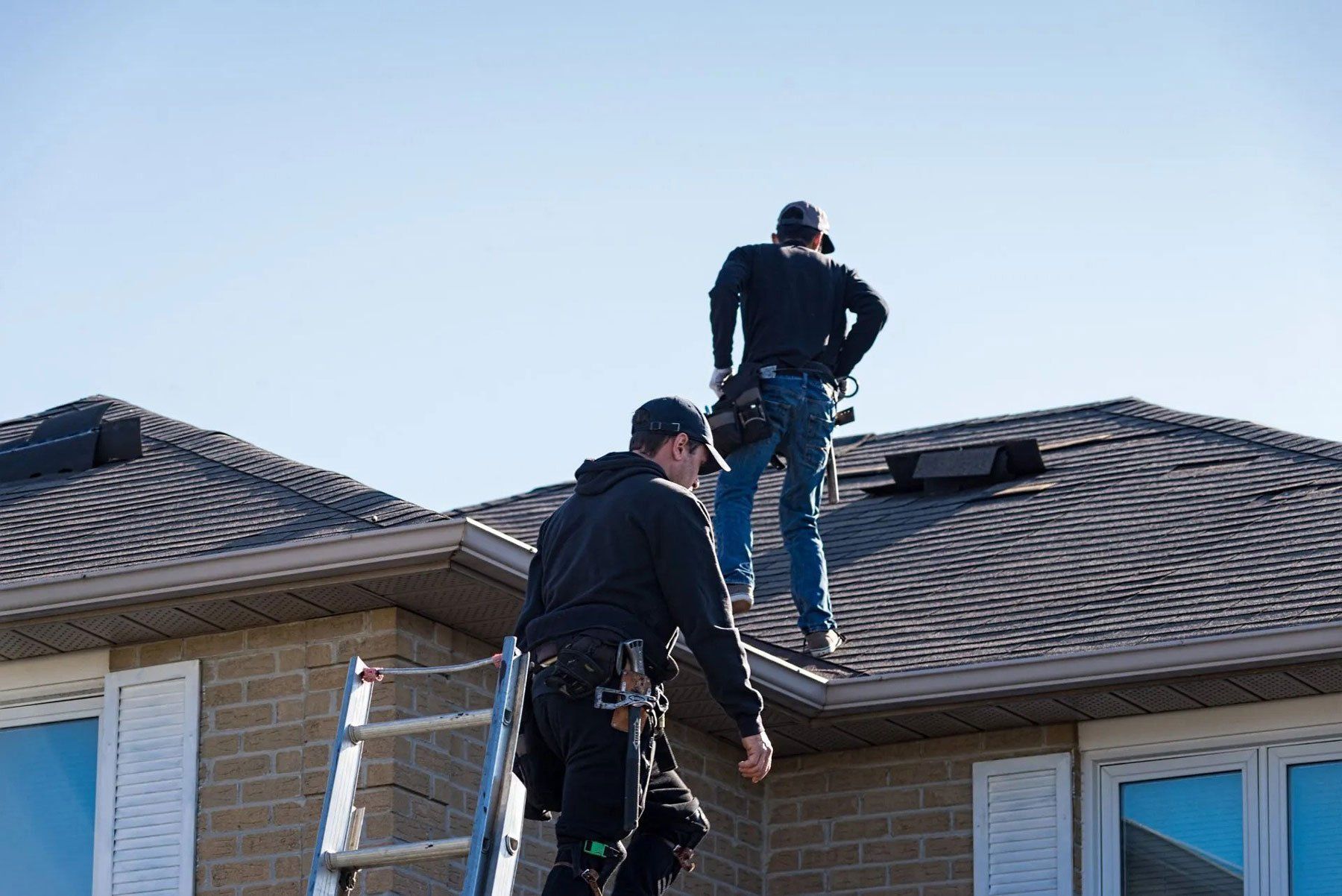
How To Detect Roof Damage
Thud! You heard it loud and clear. Something big fell on your roof and a wave of concern followed. “Did it make a hole in my roof?” Your first instinct is to walk out into the yard and look up to see if a tree branch struck your house. And there it is. You see it with your own eyes. Your roof is damaged and you need to get it fixed before the next rainfall.
While it’s not hard to assess damage from falling trees or limbs, they’re not the most common cause of roof damage. Damage from wind and hail is far more likely and often more difficult to detect by simply standing in your front yard and looking up.
In the aftermath of a hail or wind storm, don’t wait for a leak to develop before seeking a proper inspection by a qualified roofing contractor. Better yet, throughout the year, quarterly roof inspections are recommended. As the saying goes, an ounce of prevention is worth a pound of cure! Catching small problems before they become big ones can save a ton of money.
About Your Roof Structure
Underneath your roof shingles is a very sturdy framework of trusses, joints, and sheathing. Roofs are designed to support “dead loads,” plus, predictable “live loads” and building codes enforce high standards for roof construction. Dead load refers to the combined weight per square foot of roof tiles/shingles, starter strips, ridge caps, underlayment, flashing, sealants and whatever equipment one might have mounted to their roof, such as solar panels. Most building codes require a weight bearing minimum of approximately 20 lb.s per sq. ft. for roofs with conventional asphalt shingles. This minimum increase if the roofing consists of heavier materials like ceramic tiles. In addition, load bearing standards for roofing must take into account anticipated live loads. Afterall, homeowners sometimes climb atop roofs to sweep off leaf litter, clean gutters, repair window glazing, or retrieve stray frisbees. In this case, they represent a live load, just as would any roofer or painter with their equipment in tow. The point is, falling tree debris isn't the greatest threat because your roof is built to withstand heavy objects.
The More Common Causes of Roof Damage
Wind
Straight-line winds and churning cyclones are a roof’s strongest combatant. While roofs are designed to hold up to even hurricane-force winds, shingles, tiles, and flashing are prone to uplifts that can dislodge roof material, exposing nature’s elements to roof layers below. When the roof’s top layer is compromised, moisture can find its way to the roof decking and result in costly leaks.
Shifted or Missing Tiles, Moisture Penetration
Following a wind event, there may be little or no sign of missing shingles that have blown away. However, just as problematic are shingles that might have curled, creased, or fractured. Wind dynamics, like updrafts and down-bursts lift roofing shingles. The shingles often simply lay themselves back in place, as designed, but while they flapped up and down, rain could have found its way into the roof’s sublayers.
You will not be able to see all the damage from a wind event, but a reputable roofing contractor will detect any critical issues caused by strong gusts.
Flying Objects
Other hazards of heavy winds include objects that could take flight from your property and those around you. Lawn furniture, building materials, signs, and yes, tree branches. If you know a storm is coming, secure loose objects around your property and alert your neighbors to do the same. But the wind itself, and the rain it carries with it, are the chief culprits of roof damage.
Hail
Imagine you’re hovering high over your house brandishing a sawed-off shotgun! What? Just go with it… You have the rifle aimed down at your roof. Boom! You pull the trigger, sending a spray of buck shot speeding toward your shingles. Hail is not much different. It might not travel as fast as a gun shot but the icy projectiles have sharp edges— an added menace.
Pitting and Fissures caused by Hail
Hail often causes impact damage in the form of small indentations and fissures in asphalt shingles. Deep “pits” in your shingle roofing alters the protective qualities engineered into the material. Cracks around the impact points and displaced granules exposing the tiles substrate may eventually cause moisture to penetrate down to the roof underlayment and ultimately to the roof decking where leakage into the home can be the unfortunate result.
Insurance Claims for Wind and Hail
Wind and hail damage are commonly covered by your home insurance. It’s important to take this opportunity to have any known or suspected damage carefully inspected and documented by a professional roofer. They can help advise you in the claims process and prepare all the evidence of damage as the basis for a thorough repair or replacement, ensuring all expenses are covered by your insurance.
What Does Not Qualify as Storm Damage?
Insurance doesn’t cover everything that results in serious damage to your roof. Obviously, normal wear and tear is inevitable and it’s the homeowners responsibility to maintain their roof as best they can. By keeping your roof in good condition, you’ll be protecting your property for many years, if not a few decades before a complete replacement is necessary. Here are factors to observe which puts you in control of your roofs lifespan.
Overhanging Vegetation
It doesn't take a big branch crashing into your roof to cause serious damage. Leafy branches that constantly brush up against your roof can quickly lead to damage. Not only is this type of damage not covered by insurance, it can void the manufacturer warranty. Keep in mind, such warranties transfer from the purchaser to any new homeowner. Preventing damage from abrasive contact with foliage is easy. Keep branches trimmed back. In the meantime, your roofing contractor can come check out any damage and might even be able to do the trimming for you.
Negligence
Never screw or nail anything into your roof. Holiday decorations are nice to see on and around your house, but Santa and his reindeer are better off installed by a professional who will take responsibility for any damage from improperly attaching such decor. Some roofers up north provide decorative installation during their off season. More permanent ornamental accents such as weathervanes must also be properly installed. Also, be careful pressure washing your roof. Powerful jet streams will strip the granules off your shingles. When the water or solvent mix is aimed improperly, it can lift shingles and shoot the liquid beneath them which can lead to moisture damage.
Blistering
Blistering occurs when the tiny stone or metal surface granules of a shingle become embedded in the shingle’s matting. Blisters are caused by the expansion of volatile gasses. Gas bubbles then form on the shingle's surface. Those bubbles soon collapse as a result of erosion from subsequent precipitation and drying. In such cases, the shingle is fundamentally compromised and needs to be re-coated or replaced.
Stress Fractures
Splits or fractures in asphalt shingles can occur for a number of reasons. Shingle cement used to hold the shingle tabs in place is often applied in strips. Voids between the strips of cement lead to horizontal splitting as the shingles age. Such damage can be observed in shingles that appear creased but are still adhered to the roof. Temperature swings also contribute to fractures and tearing. This type of damage is more common in areas where there is a marked change of seasons. Rare but still possible are product defects.
How to Conduct an Initial Damage Assessment
Chances are, before you call a roofing contractor you’ll want to try to survey any suspected roof damage yourself. The following suggestions assume that you will not climb atop the roof. Resist the urge to do that. It’s dangerous. Roofing contractors are better equipped than you are to do a thorough inspection front loft, sloped heights.
Roofing pros use safety harnessing when necessary; they wear boots that grip sloped roofs effectively. They use professional ladders and have lots of practice climbing them.
Steeply sloped or otherwise treacherous areas of a damaged roof can be inspected by drones. Many roofers, including SEC Roofing, have camera-equipped drones and know how to use them to document roof issues.
Nevertheless, conducting an initial assessment of roof damage yourself, from ground level, is a great first step. To do so, simply stroll around the perimeter of your home. You should do this after any severe weather event, though it’s a good idea to always be on the look-out for evidence of roof issues whenever you are outside working on your landscaping, watering flowers, etc.
Here’s what to look for:
Dislodged shingles
Shingles laying on the ground, in bushes, or in neighboring yards would indicate the need for a repair/replacement, ASAP.
Dents and dings in metal objects
Look for dents on metal objects, including your gutters, downspouts, mailboxes, garage doors, vehicles, your AC unit, and lawn furniture. Damage from hail will be obvious and you can assume your roof was subject to an equal beating.
Damage to screened doors, porches and windows
Scratches or punctures on window screens and screened enclosures are common after hail and wind storms. When there is such evidence of damage from flying debris, your roof could also have been victimized.
Overhanging foliage
If you have tree limbs closely hanging over your roof, consider how they could be coming in contact with your roof when the branches are laden with leaves in springtime; damp and heavy with rain; or encrusted with snow or ice. Limbs should never be touching your roof.
Stray granules
Sand-like granules on the ground under gutters and at the end of downspouts mean your shingles have lost or are losing their protective coating. Wind, rain, and everyday wear and tear, indicated by loss shingle granules, require a careful inspection and potential remediation measures.
Roof Damage Can be Detected From Inside Your Home
After hail, heavy rain, or strong wind storms, check the interior of your home for signs of moisture intrusion. Brown spots on the ceiling are a tell-tale sign of roof damage. Such spots are caused by moisture intrusion. It helps to turn out the lights and use a flashlight to spot staining indoors. Shadows from natural light and sunlight cast through curtains can make it difficult to see discolorations from roof leaks.
Summary
Your roof is the first line of defense against the harsh elements of nature. Major expenses from a damaged roof can be incurred by moisture penetration reaching the inside of your home. Regular maintenance of your roof, including quarterly inspections is relatively inexpensive. Always have a professional inspect your roof after severe weather such as hail, tornados, hurricanes, and even torrential rains.
A reliable and ethical service provider like SEC Roofing should be on your contact list. Right after a terrible storm hits is not the time to shop for a roofing contractor. You’ll need someone to call immediately, preferably a local company in which you are confident!
Don’t leave money on the table if you have roof damage from a circumstance covered by insurance. Without a proper inspection from a trusted roofing pro, damage can be overlooked. Insurance adjusters may not catch all the problems that your contractor will find through his or her key specialty— roofs!
A thorough inspection, accurate assessment, and honest consultation of all the damage is a must. Filing a false claim in order to inflate the value of a project is wrong and will lead to problems, including but not limited to, long delays getting the full coverage you’re counting on.

